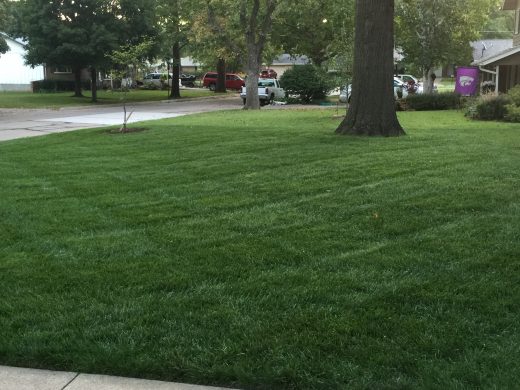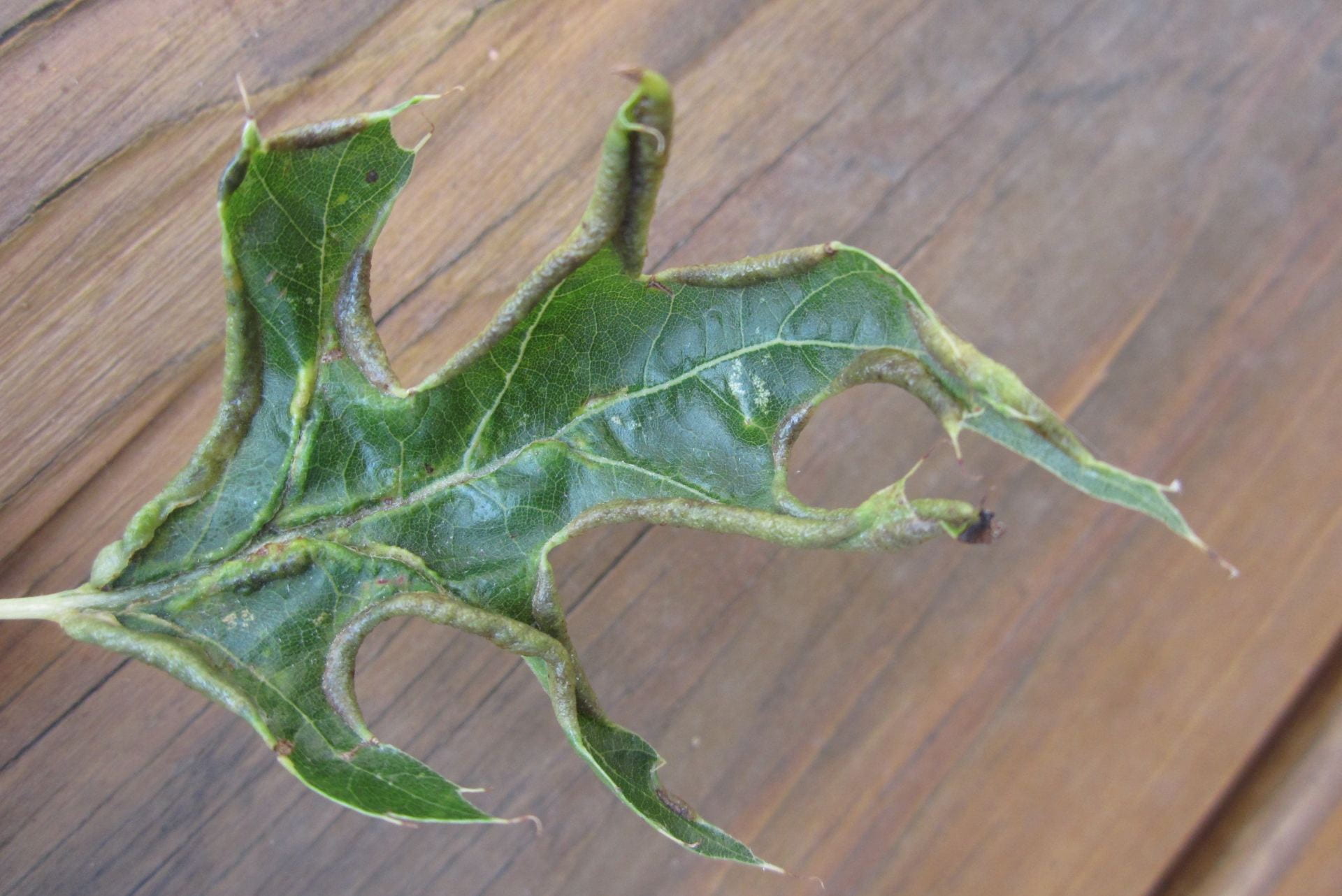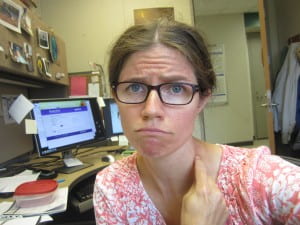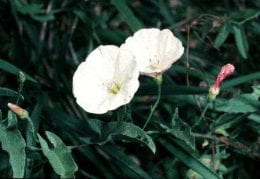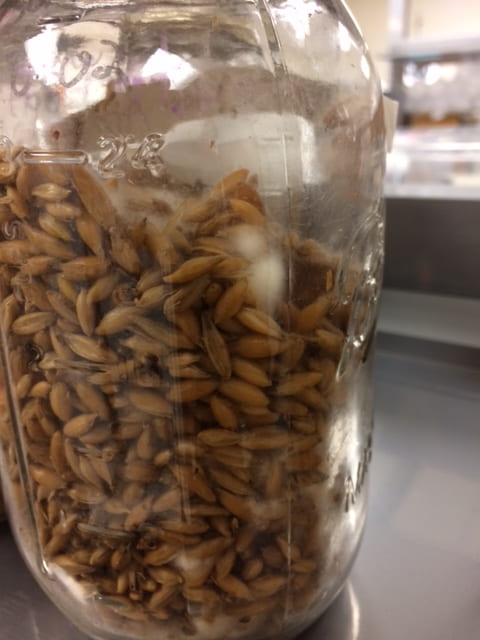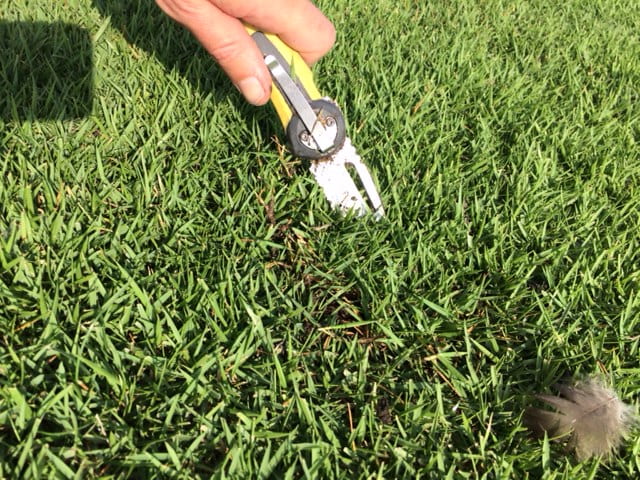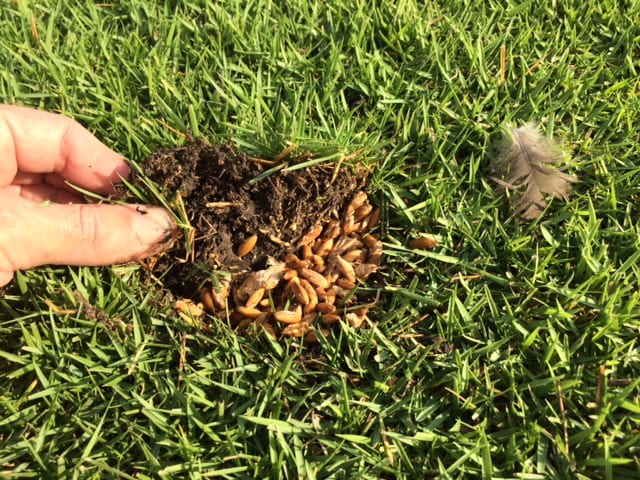
UPCOMING EVENT! The Kansas State University GCSAA Student Chapter is hosting a Fundraiser Golf Tournament at Colbert Hills Golf Course in Manhattan, KS. The event is scheduled for October 20th, 2019 at 9:00am. This will be a 4-man scramble.
Cost: $200.00 ($50/player) per team OR $300 per team with a hole sponsorship.
Registration begins at 8:00am on the day of the event. There will be a 50/50 raffle at registration, along with mulligans and hole games.
Please access the registration form below for more information:
KSU GCSAA Golf Tournament ColbertHills 2019
Registration may be turned in via E-Mail to Jason Dutton (jasond4@ksu.edu). Should you have any questions, call/text/email Jason Duttton (719) 343-5188.
